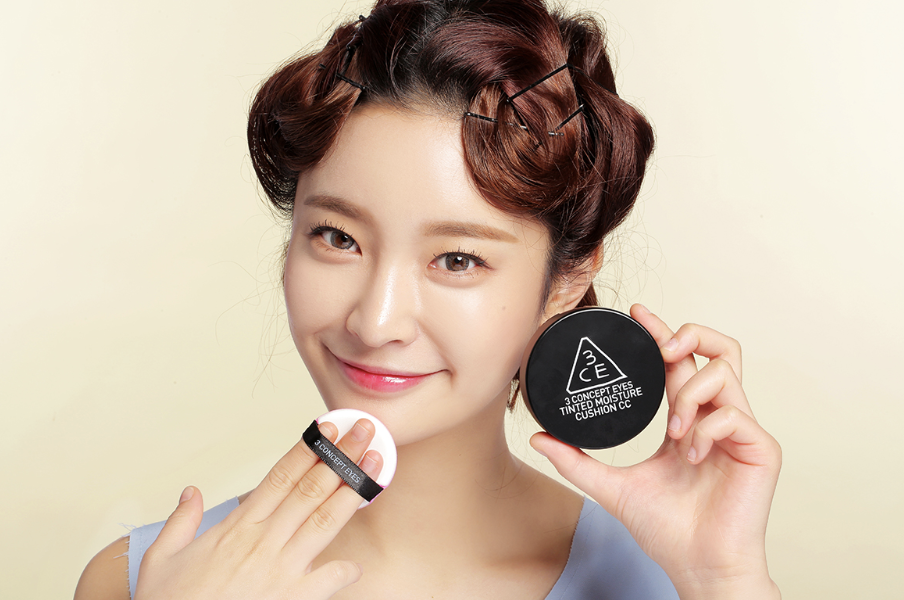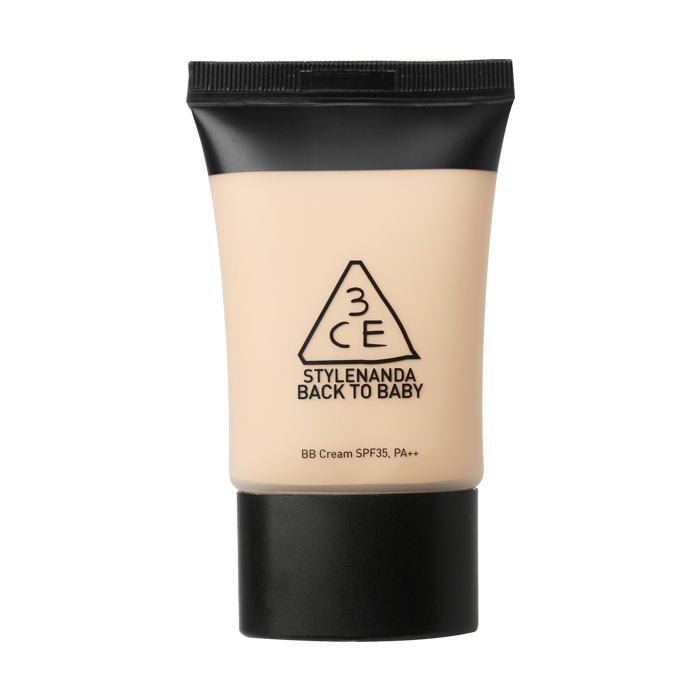The Harsh Reality Behind the "Whitening" Craze
This past summer, I spent a week in Hong Kong relaxing, eating authentic Chinese food, visiting family friends and, of course, shopping! In particular, I was on the lookout for Asian beauty products that I couldn’t necessarily find in the states, and came upon one particular brand called Stylenanda, a South Korean fashion brand with its own skincare and makeup line, 3CE. The 3CE store in Hong Kong’s Time Square was decked out in all pink and had neatly arranged shelves stacked with moisturizers, lipstick, eyeshadow and more – all in aesthetically pleasing packaging. Before coming to Hong Kong, I had been looking for a new foundation to try out and was hoping to find something at 3CE, but then I realized the problem: the foundation and BB cream only came in two shades.
This is part of a larger problem of colorism in East Asia where lighter skin is preferred over darker skin. This bias traces back to the history of East Asia where lighter skin meant class, status, and wealth as light-skinned individuals weren’t working in the fields all day and tanning their skin. This preference clearly still applies today as whitening serums and creams are ubiquitous in East Asian beauty products, which not only promotes colorist mentalities and anti-blackness in East Asian communities but also imposes a toxic and oppressive standard of beauty for Asian people.
After going to the store, I checked 3CE’s online shop to see if they had additional colors. The Tinted Moisture Cushion CC is a lightweight CC cushion that includes SPF and moisturizer, but it really only comes in two colors: #001, a pale ivory shade for what the website calls “gorgeous looking skin,” and #002, a slightly darker beige shade for “natural looking skin.” The fact that they only have two shades is already absurd but to equate “gorgeous” with the lighter pale tone is clear evidence that beauty in East Asia is inextricably linked to having light skin. This creates a toxic culture of people constantly trying to achieve lighter skin, alienating people who naturally have darker skin and judging people’s beauty based on their skin color.
However, some brands are trying to reform the idea of “whitening.” Soko Glam, an online shop for Korean Beauty products, are explicit in their definition of whitening as “brightening,” intended to even out skin tone and erase dark spots and hyperpigmentation. As a result, products like Skinfood’s Yuja Water C Whitening Ampoule and Manefit’s Bling Bling Hydrogel Whitening Mask won’t actually “whiten” your skin, but rather, it’ll fade dark spots and brighten your complexion. In the case of many skincare products, whitening usually doesn’t actually mean skin bleaching or lightening your skin tone, but the fact that brands continue to call it “whitening” is a testament to the industry’s understanding of “whitening” as a marketable quality and the public’s view of it as desirable and necessary.
The insidious nature of this rhetoric is apparent in East Asian beauty bloggers who rave about certain products that will make your skin lighter to fit the “trend.” For example, Michelle Choi, a Korean-American beauty blogger went viral for her video “How to Get Glass Skin,” where she runs through her skincare routine in attempt to show viewers how to emulate the coveted, translucent and glowy skin. “Glass skin” basically means having clear and luminous skin that looks like glass but this too is wrapped up in the context of colorism as beauty bloggers usually include some type of whitening serum or cream in their routine to achieve this glowy and “bright” look. So with this, the advent of Youtube and beauty bloggers has actually furthered colorist mentalities and pressured diasporic Asians to conform to the “trend” of whitening their skin.
However, preferring lighter skin should not be conflated with wanting to be white, as in Caucasian. Colorism in East Asia has yielded a unique beauty standard different than that of the West and to say that Asians simply want to be “white” completely disregards the heavily curated structures of Asian beauty standards. Issues like light skin and big eyes are actually independent from any Western influence and already existed in Asia long before contact with the West.
In comparison to the makeup brands, skincare is actually making some progress with regard to colorism and combating the traditional notion of “whitening.” A lot of Korean skincare products are intended for people of all skin types and tones, and some companies are clear to market their products as intended for fading dark spots and hyperpigmentation or evening out skin tones, which does work and benefit people of all different skin tones. In this sense, K-beauty is attempting to be more inclusive and aware of colorism issues in the community. A lot of makeup brands still lack in that respect, but hopefully in the future they can acknowledge these issues and work to remedy them because in making lighter skin synonymous with beauty can have extremely harmful effects both within the local East Asian community and abroad in diasporic Asian communities.
From personal experience, I know how uncomfortable it is to be told your skin isn’t light enough or “too dark” for an Asian. I used to see lighter skin as this ideal that I couldn’t possibly ever attain which affected my self-perception and relationship with my culture. The very real and widespread effects of colorism in Asian communities makes it all the more important to deconstruct these issues in the beauty industry.






